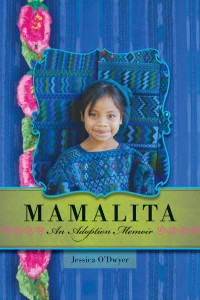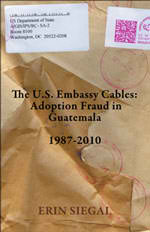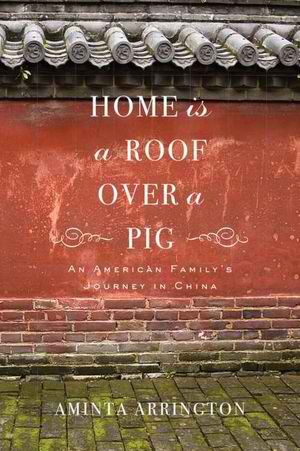I have to tell you, at least several people known to me wish I were a little less obsessed with the subject of adoption, and one of the most vocal of these lives in my own home. I’m not naming names, but last night, again, this person said to me, “Mom, why can’t you leave the house like other mothers? Join a gym or meet someone for coffee. Go shopping. Think about any topic except adoption and Guatemala. Do something besides write. Please!”
I don’t disagree. Because, honestly, I’m not sure what drives my obsession or why I believe it possibly can do any good. But then, earlier this morning, I read an article titled “Romanian orphans face challenges decades after adoption,” which includes these sentences:
The Bucharest Early Intervention Project (BEIP) has studied the effects of institutionalization on orphans in Romania for the past 13 years. Working from a small lab in a former Bucharest orphanage, researchers from the US and Romania have compared children growing up in institutions with those living with families.
“We found that institutions are a particularly toxic environment in which to raise young children,” says BEIP’s lead researcher Charles Nelson, a professor of pediatrics and neuroscience at Harvard Medical School.
Institutionalized children exhibit everything from reduced IQs to reductions in brain size and activity, he says.
The researchers say that although any time spent in non-family situations is harmful, their work suggests institutionalization past the age of 2, and in some cases earlier, causes irreversible effects.
That’s grim news for the 8 million children UNICEF says are living in institutions worldwide today.
… I read those paragraphs and thought, Somebody’s got to care about this. Somebody’s got to pay attention, and think about this, and write about it, until more people pay attention and change is made.
For now at least, one of those somebody’s seems to be me.
And based on the evidence—the recent Russian protests against Putin’s adoption ban; the countless news reports and blog posts about the reformers, filmmakers, and aid workers who continue to work toward ethical and transparent adoption; my conversations with fellow adoptive parents whom I know personally and virtually, who are doing their best to raise great kids while staying connected to birth culture and birth family; my chats with friends who are not associated directly with adoption, yet still care about the plight of children without parents around the world—I realize, in a deep and very encouraging way, obsessed I may be. But I am not alone.
Today, for my family’s sake, I will get out of the house. Maybe run over to my favorite local bookstore and see if there are any new books about adoption. Or Guatemala. Or even better, both.
xoxo




 ShareThis
ShareThis









